A recent report revealing shocking statistics about abuse in the juvenile justice system is giving ammunition to some youth advocates critical of institutional failures.
The Bureau of Justice Statistics (BJS) report says that about 12 percent of juveniles in detention are sexually victimized.
“I think people are unaware of this stuff the way people are unaware of the administration of justice in general,” said James Bell, founder and executive director of the Burns Institute for Juvenile Justice and Fairness. “[It’s for] bad people, people not like them.”
The report found that incarcerated children in the United States said facility staff have forced sexual contact upon their prisoners. Female guards are just as guilty of exploiting young prisoners as male guards, according to the report.
Bell says that for most people, they might get a traffic ticket, so questions of prison conditions don’t typically come up.
Bell wrote in a Jan. 13 blog for the Huffington Post that even though most people’s mentality is that bad people have nothing to do with them, “Any of these children could have been yours, in some tragic twist of fate.”
He is not talking about truly dangerous criminals, but about nonviolent offenders.
Detained youth also suffer from poor nutrition, lack of adequate bathing supplies, educational neglect, and greatly diminished opportunities in life after incarceration, Bell wrote. He added that young people of color are disproportionately incarcerated for nonviolent offenses. The same is true for adults.
According to Bell, legislators get tough on crime by piling on penalties for things that are already illegal. In any state in the nation, anything a 13-to 18-year-old could do to hurt somebody is already against the law.
The Bureau of Justice Statistics (BJS) report says that about 12 percent of juveniles in detention are sexually victimized.
“I think people are unaware of this stuff the way people are unaware of the administration of justice in general,” said James Bell, founder and executive director of the Burns Institute for Juvenile Justice and Fairness. “[It’s for] bad people, people not like them.”
The report found that incarcerated children in the United States said facility staff have forced sexual contact upon their prisoners. Female guards are just as guilty of exploiting young prisoners as male guards, according to the report.
Bell says that for most people, they might get a traffic ticket, so questions of prison conditions don’t typically come up.
Bell wrote in a Jan. 13 blog for the Huffington Post that even though most people’s mentality is that bad people have nothing to do with them, “Any of these children could have been yours, in some tragic twist of fate.”
He is not talking about truly dangerous criminals, but about nonviolent offenders.
Detained youth also suffer from poor nutrition, lack of adequate bathing supplies, educational neglect, and greatly diminished opportunities in life after incarceration, Bell wrote. He added that young people of color are disproportionately incarcerated for nonviolent offenses. The same is true for adults.
According to Bell, legislators get tough on crime by piling on penalties for things that are already illegal. In any state in the nation, anything a 13-to 18-year-old could do to hurt somebody is already against the law.
But every year legislatures go into session and say they will get tough on crime and keep people safe. If it’s illegal to do when you are 11, now it will be illegal to do when you are 9. If it had a two year penalty, now it will have a four year penalty. Zero tolerance, meaning zero latitude, is mandated at times.
Bell says that none of these measures do anything to improve public safety, and that it is far more expensive to incarcerate a teenager in a high security detention center than to provide preventive counseling or rehabilitative services.
“I don’t know if counties and states can afford this stupidity,” said Bell. He hopes the exorbitant costs of incarceration in these tough economic times will make people ask questions. “I do believe in democracy and democratic principles. Whenever people get engaged, people win.”
Some states are trying what he is talking about and getting good results, he said. On the back end, Missouri is sending kids for treatment, not punishment. On the front end, Santa Cruz, California, intervenes before young people get detained.
Bell points out that certain zip codes fill detention centers, and certain schools feed directly into detention centers in what he calls “the school to prison pipeline.” Residents of these school districts can go to their representative and demand improvement in the treatment of young people. He said in many districts citizens have demanded that justice funding is tied to measurable improvements on a short timeline.
“People are taking another look,” said Bell, who adds that more enlightened policies are being developed.
Juvenile justice systems can reserve their most punitive resources on those who truly need to be separated from society, and work to rehabilitate the majority of delinquent youth.
Bell says that none of these measures do anything to improve public safety, and that it is far more expensive to incarcerate a teenager in a high security detention center than to provide preventive counseling or rehabilitative services.
“I don’t know if counties and states can afford this stupidity,” said Bell. He hopes the exorbitant costs of incarceration in these tough economic times will make people ask questions. “I do believe in democracy and democratic principles. Whenever people get engaged, people win.”
Some states are trying what he is talking about and getting good results, he said. On the back end, Missouri is sending kids for treatment, not punishment. On the front end, Santa Cruz, California, intervenes before young people get detained.
Bell points out that certain zip codes fill detention centers, and certain schools feed directly into detention centers in what he calls “the school to prison pipeline.” Residents of these school districts can go to their representative and demand improvement in the treatment of young people. He said in many districts citizens have demanded that justice funding is tied to measurable improvements on a short timeline.
“People are taking another look,” said Bell, who adds that more enlightened policies are being developed.
Juvenile justice systems can reserve their most punitive resources on those who truly need to be separated from society, and work to rehabilitate the majority of delinquent youth.
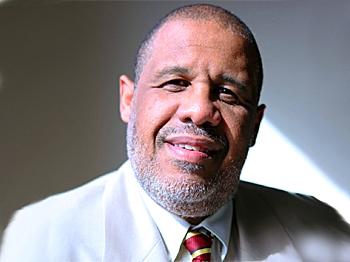

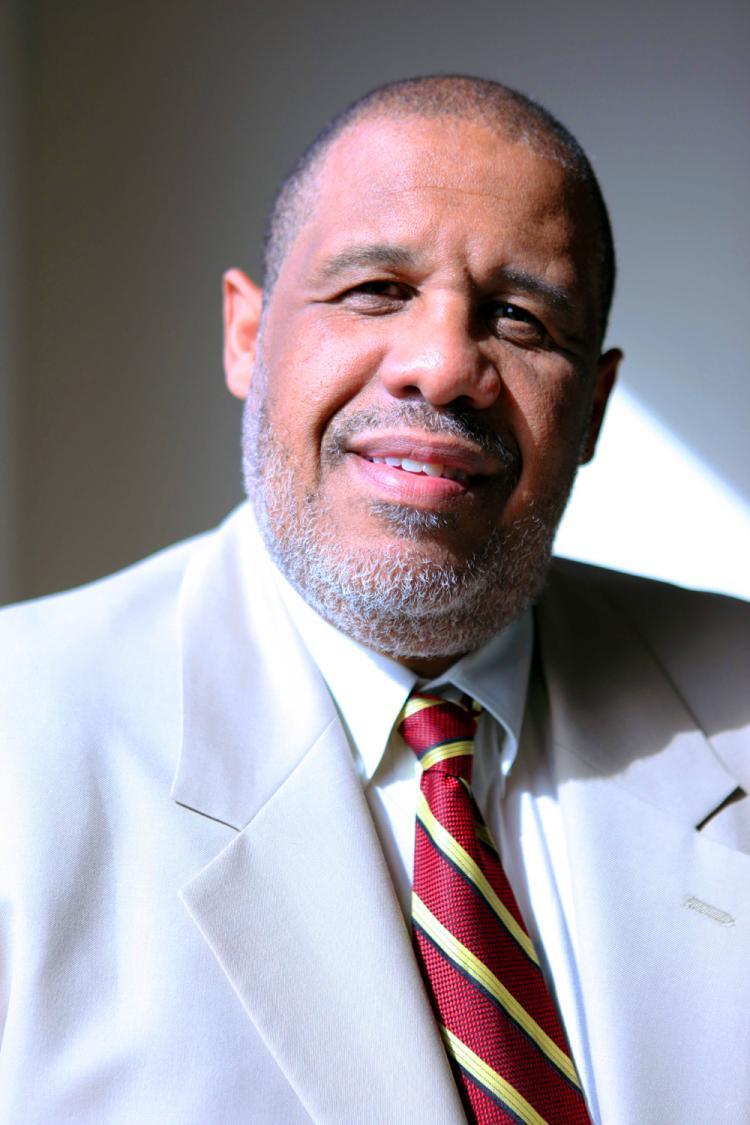
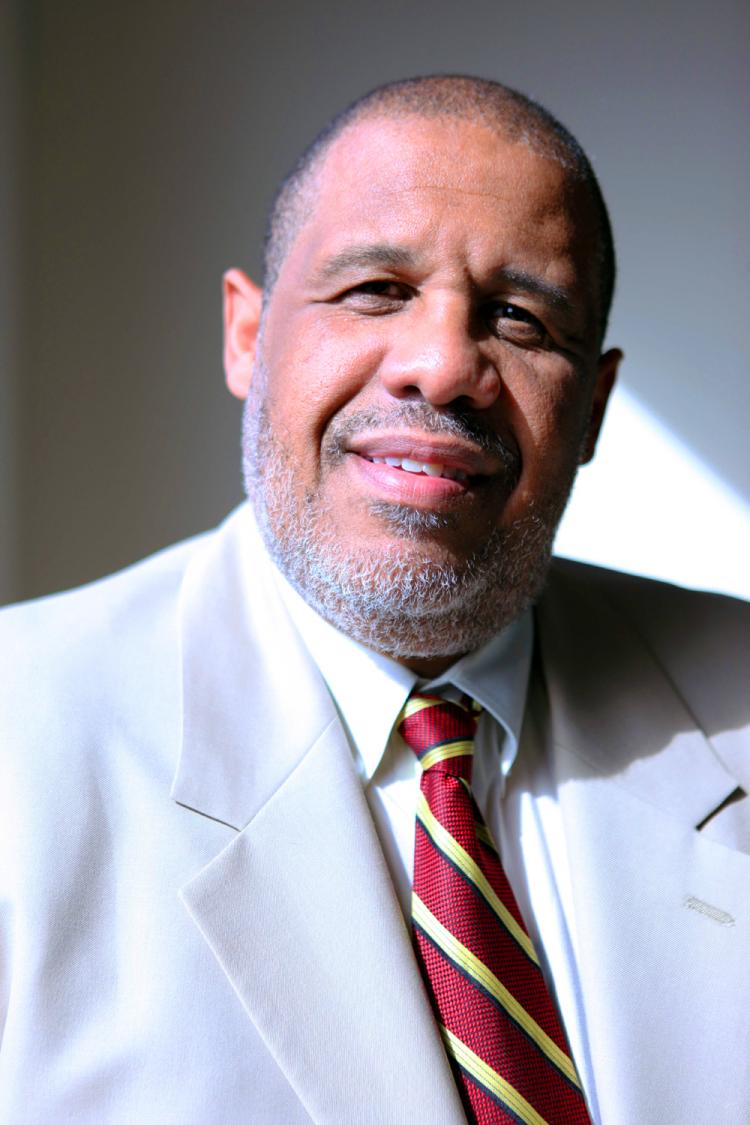
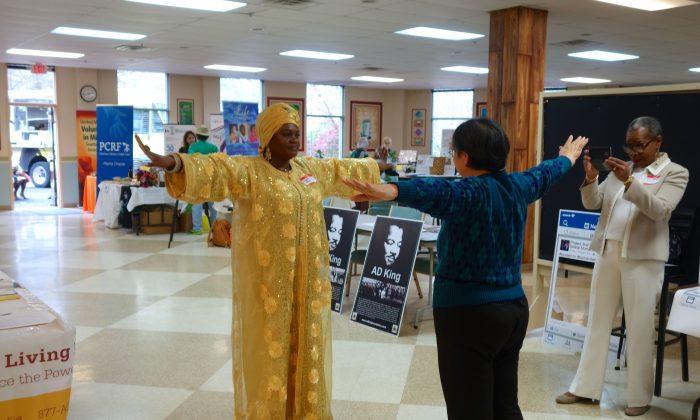

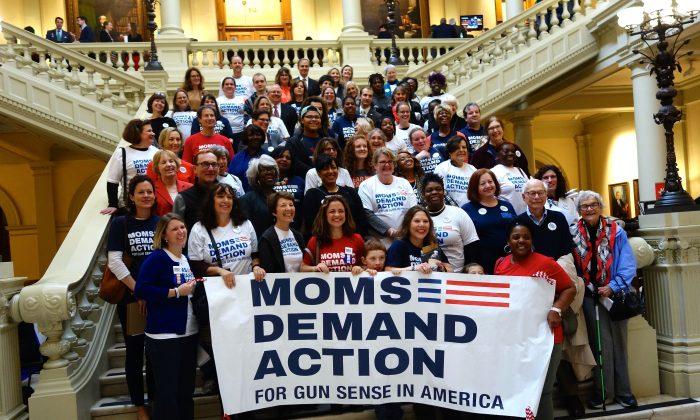
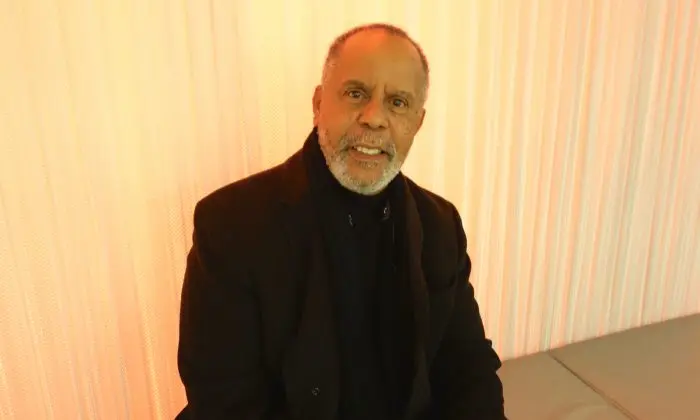
Friends Read Free